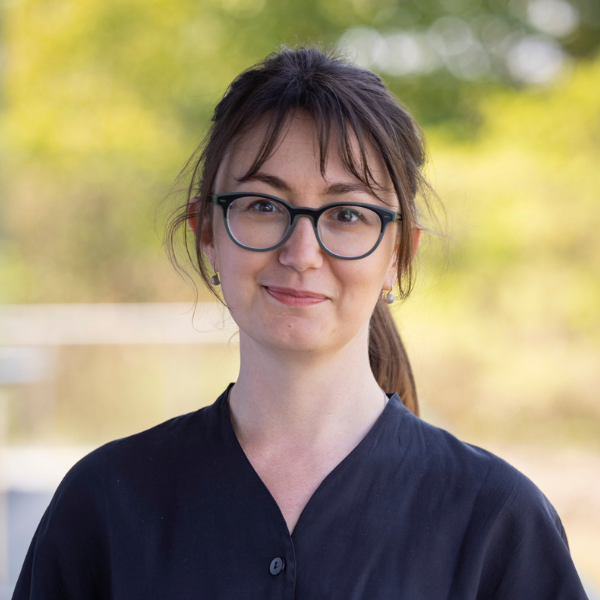
Content warning: this article covers matters relating to suicide and mental health. If you are affected by the issues raised, there are services that can help.
The Samaritans is open every day of the year, you can phone them for free on 116 123 or email jo@samaritans.org (response time: 24 hours)
SHOUT 85258 is a free, confidential, 24/7 text messaging support service for anyone who is struggling to cope.

World Suicide Prevention Day offers an opportunity to consider how we are helping students who are going through a mental health crisis. Last year, I wrote a blog post on the many types of interventions that are considered to be suicide prevention strategies. I concluded that a lot of the differences in interventions stem from how we describe a mental health risk. There is no easy answer. Clinical methods vary, and are often accompanied by assessments by trained professionals as well as proxy measures for wellbeing.
There is perhaps no right or wrong way to ascertain who is at risk, what level of risk they are and what their immediate needs are. In the face of resource constraints, however, it can be hard to know how to create services that address the great variety of needs students might present with.
In May 2025, the Department of Education commissioned the National review of higher education suicide deaths and found that most higher education providers in England follow Universities UK Suicide-safer universities guidance when it comes to reporting and learning from deaths by suicide in higher education.
The report made recommendations for developing the guidance as well as recommendations around risk, suggesting that those struggling academically should be seen as being more at risk of harming themselves and that periods of stress such as exams should be seen as high-risk periods.
While broad guidance has its place, many providers are already thinking about risk in this way. Indeed there are many ways of understanding who is at high risk and how we define a crisis.By looking at different ways in which we identify students who are at risk, we can begin to design interventions that are inclusive and accessible to those that need it. It is time to look at sharing practice as a way of learning from each other. In this post, I am focusing on the practicalities of providing suicide prevention support, and asking what this means for evaluation as well.
In practice: University Retreat
I spoke to Ce Johnson, Student Support Manager at Arts University Bournemouth, who is also a member of TASO’s Mental Health and Wellbeing Advisory Group. Ce spoke to me about University Retreat, a drop-in service for students who self-define their own mental health crises.
University Retreat was established in 2021, and funded by the NHS. The service was designed in a similar way to existing mental health crisis retreats for adults in Dorset. Four partners – Arts University Bournemouth (AUB), Bournemouth University, the Health Sciences University and the charity Bournemouth Churches Housing Association – came together to design the service.
It provides a safe space where those struggling with their mental health or emotional wellbeing can speak to a support worker without an appointment. The space itself was then designed by interior architecture students at AUB who created an environment that feels safe and comfortable for individuals struggling with poor mental health.
Importantly, University Retreat is a service that lets students define what they consider to be a crisis, rather than operating with specific eligibility thresholds. Ce explained that University Retreat primarily focuses on immediate support but that students are often signposted to university wellbeing services.
University Retreat complements other wellbeing support services at the three universities but is separate from them, sharing concerns only with a student’s permission and on a ‘need to know’ basis. This short video explains the service, with a support worker answering some common questions.
Challenges in evaluation
Ce also spoke of the ongoing challenges in evaluating University Retreat. Some feedback measures have been put in place, including asking students to put responses onto postcards as they leave, and each university also runs their own annual wellbeing questionnaire. Ce highlighted the difficulty of measuring impact for single-session or intermittent drop-in services, where outcomes can range from life-saving intervention to brief support.
The service also caters for a wide range of students, studying very different subjects and at different levels of study. The difficulty is that the structure of the service – which makes the service so flexible – is also what makes traditional evaluation methods unsuitable. For Ce, the challenge was also in navigating the absence of consistent outcome measures for wellbeing across the sector.
Key learnings
For Ce, the power of collaboration, and having the right people working together with enthusiasm and dedication has been vital. It is immensely valuable to have people who can navigate and connect across various professional roles and groups in organisations, and leaders who support and encourage working together.
This also stretched to staff who reported feeling relieved to have somewhere to signpost students too, with some even physically accompanying students to the service when needed. Ce emphasised that a key aspect of suicide prevention is ensuring students know where to access support, breaking down stigma, and normalising conversations around mental health for all staff.
No gold standard
So what does University Retreat teach us? Ce draws our attention to the importance of collaboration not only between institutions both within and outside of the higher education sector but also between staff and students. The welcoming environment and the drop-in structure has been popular among students perhaps precisely because a crisis can present itself in such different ways.
What University Retreat offers is an accessible and inclusive space where students can feel listened to and where their experiences are validated. In the darkest moments, this could be a crucial support for someone.
The challenge for the sector, and for TASO, is to find ways of better evaluating collaborative drop-in services such as this one so that they can continue to provide the essential support that many students need.